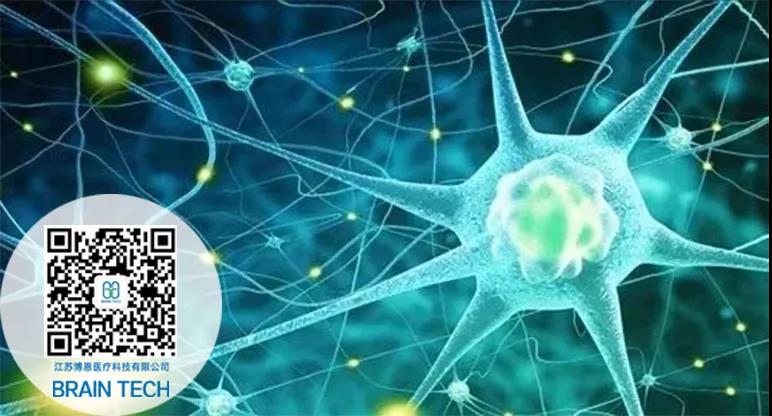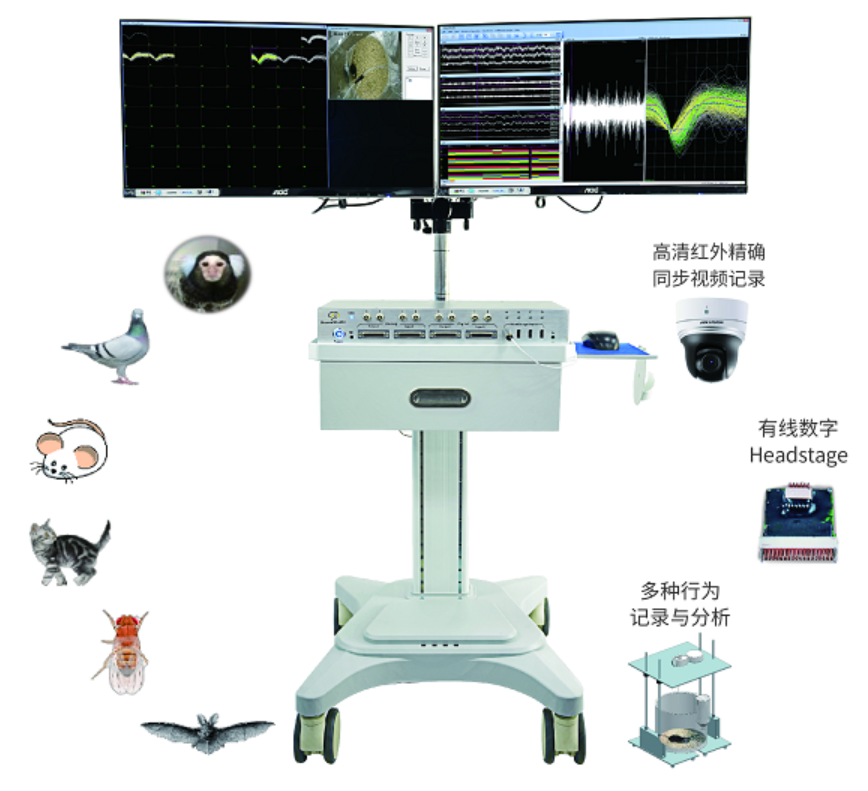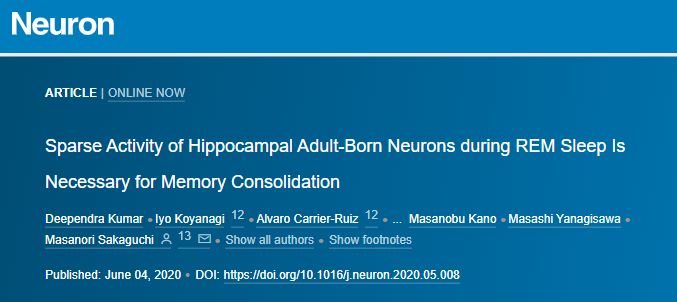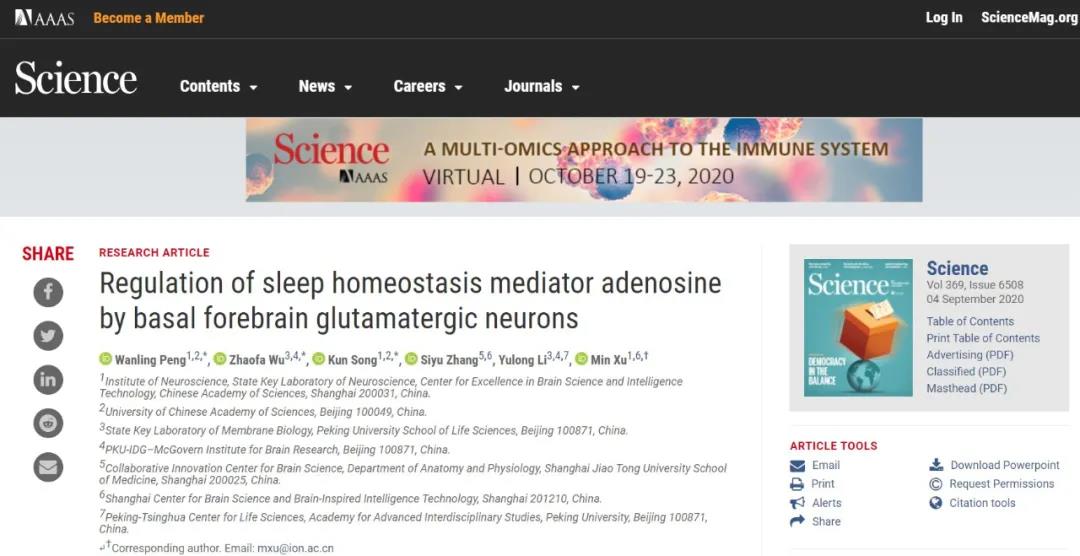
前言
本文笔者将为大家分享之前在《首届中国脑功能检测与调控康复高峰论坛》上Dr. Shiv Sabesan, Ph.D.向大家汇报的:《无创神经调控相关的前沿技术分析》。Shiv Sabesan是美国莱斯大学计算机工程教授,亚利桑那大学博士,巴罗神经研究所博士后研究员、助理教授,VNS及DBS技术的主要开发者之一。 Beth Israel Deaconess医疗中心神经病学博士后。RIKEN高级脑血管病治疗室访问研究员。美国癫痫基金会青年研究员奖获得者,致力于美国国立卫生研究基于脑电生物标志物对迷走神经刺激作用的研究。
①脑与脑疾病的复杂性与异质性
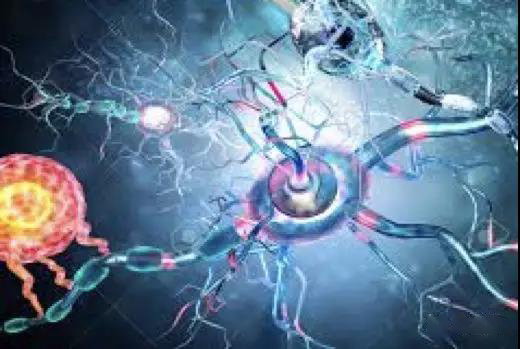
●Brain pathologies spatially diverse, temporally nonstationary●Complex comorbidities w/ other neuro. Disorders
●Inter-individual variability in Neurophysiology
②对神经调控和疗效的理解/准确性不够
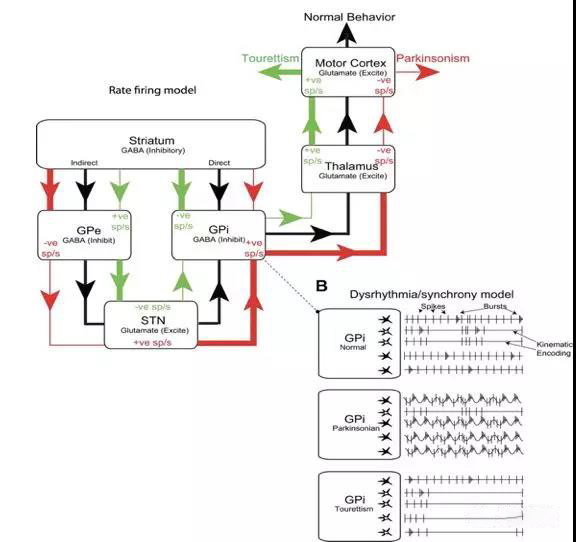
●“No one is exactly sure why it works. Very roughly, it’s the equivalent of banging on a TV to adjust the picture” (MIT Tech. Rev.)
③缺乏法优化刺激参数
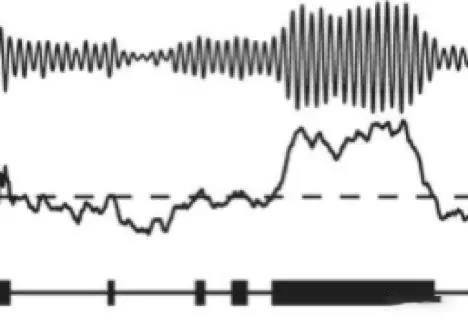
●Who? What? When? Where? of stimulation ill defined
○Electrodes positioned based on rules of thumb
○“One size fits all” approach to setting stimulation protocols- frequency, amplitude
④无法纵向监测/调整刺激
●Inability to temporarily intensify stimulation (e.g. to rapidly abate migraine or Parkinson’s freezing episode)
●Inability to adjust stim. location as electrodes shift
⑤侵入性植入/手术
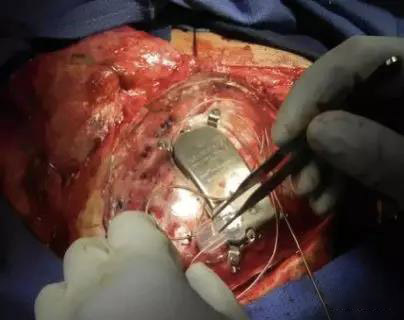
●Bulky implants (2”x1”x½”) under skin / in skull
●Multiple burr holes, large craniotomies impact long-term brain function
●High real and perceived risk
//小结//
临床应用的疗效不一致
只有30-50%的患者在短期内获得“一些”一致的益处
缺乏复制力
科研实验
疗效的饱和或下降
几年后-随着时间的推移,患者间的差异
无创神经调控可以通过一系列有针对性的功能帮助解决当前的挑战
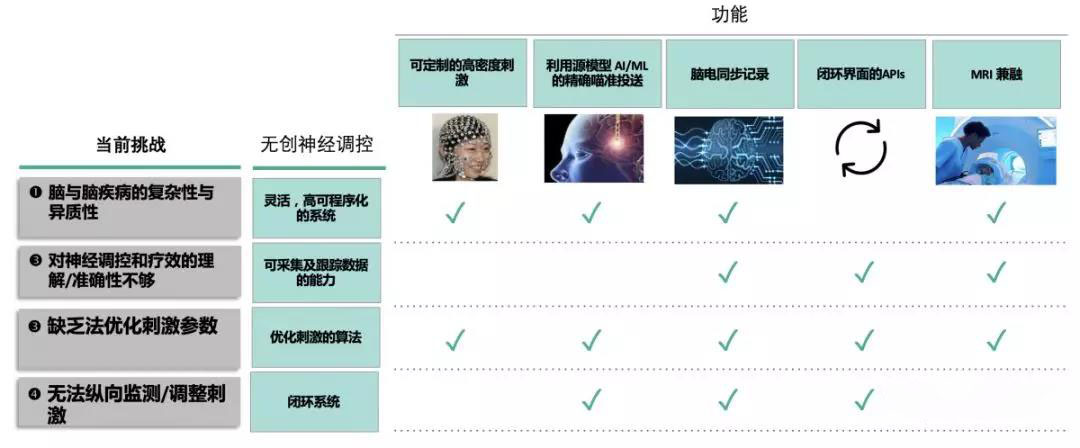
无创性神经调控
无创性神经调控总览
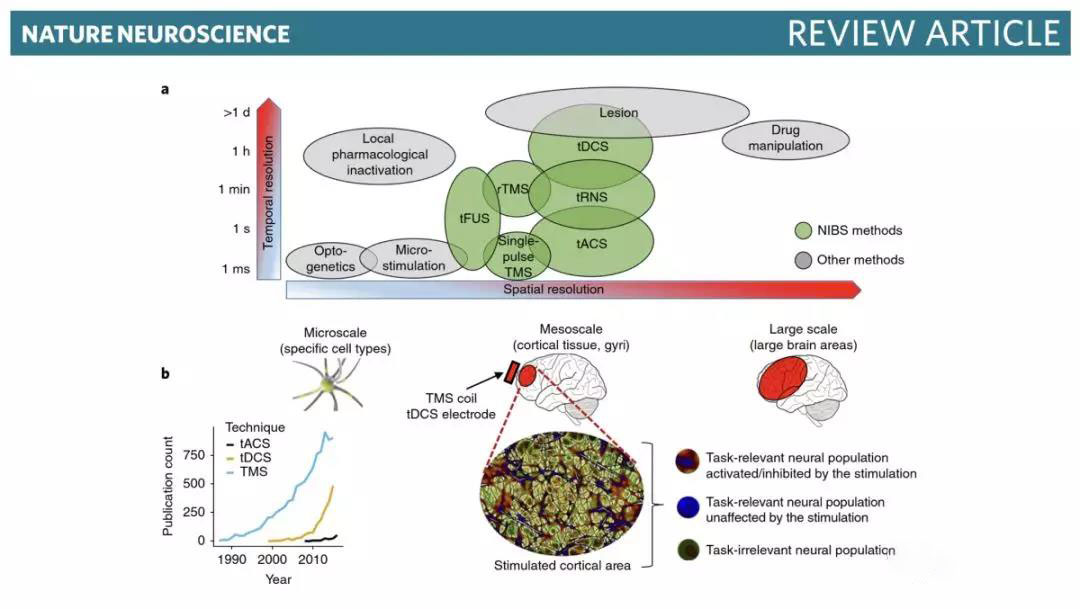
经颅电刺激: 大承诺, 大挑战
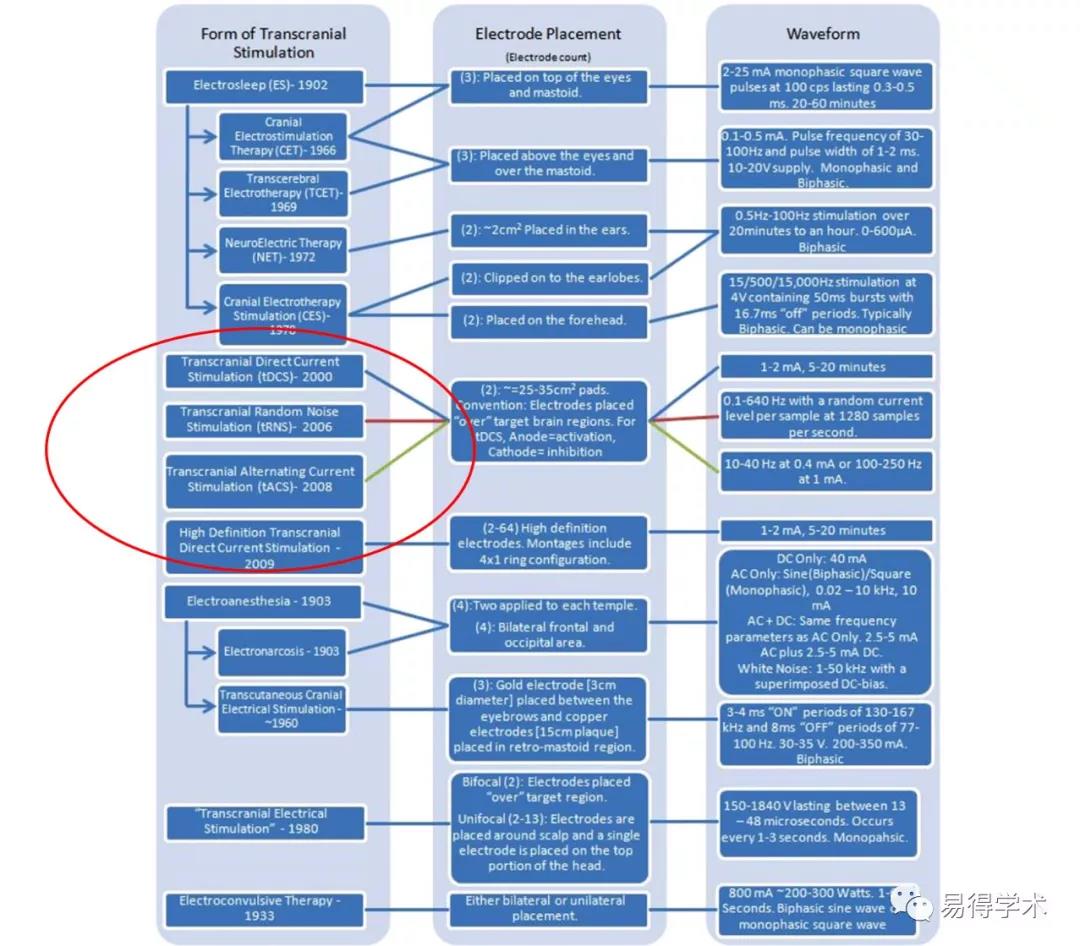
新的经颅电刺激模式
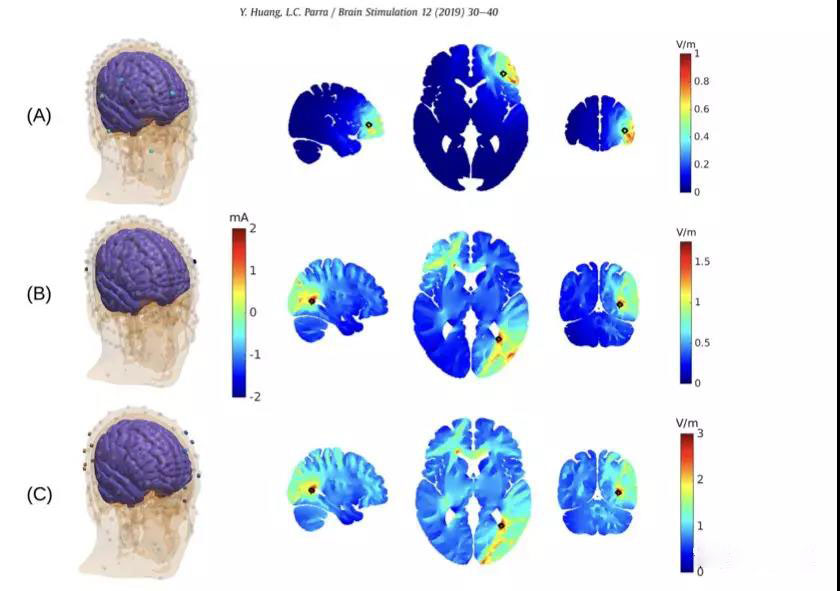
①优化电极位置和电流,以在浅表面目标位置实现聚焦刺激。
②这里的优化尝试在大脑的目标位置进行最大强度的刺激(同样使用2 mA) 。最佳解决方案只包括两个小电极。
③总共6 mA用于瞄准与(b)中相同的位置,但通过每个电极的电流限制为最大1 mA。最大强度的刺激是通过在12个电极(6个阳极和6个阴极)之间传播电流来实现的)。
//基于高密度脑电帽的刺激使得电极位置和电极尺寸的灵活性得以提高。//
①多达256个刺激通道,具有空间选择性,可在给定时间刺激5对阳极/阴极对。
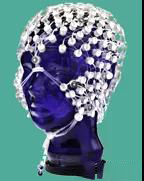
②电极面积: 1 cm2对比 35 cm2海棉片电极。
③电流强度:
0.2mA/cm2对比 0.06mA/cm2海棉片电极
较小的电极在电极处的电流浓度更高,并且已经证明可以实现更多的聚焦刺激。
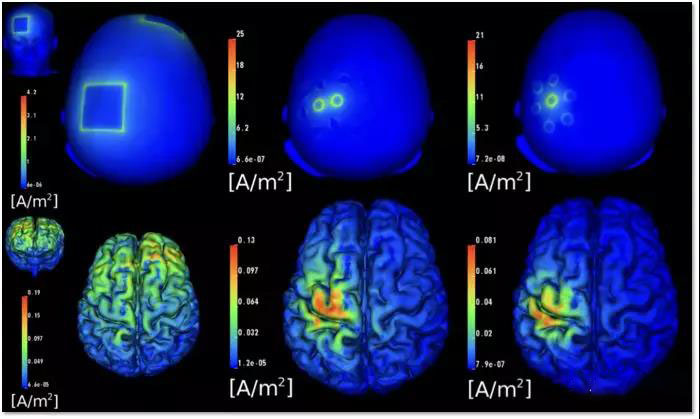
个体化的刺激增加在中风患者中的靶向电流强度
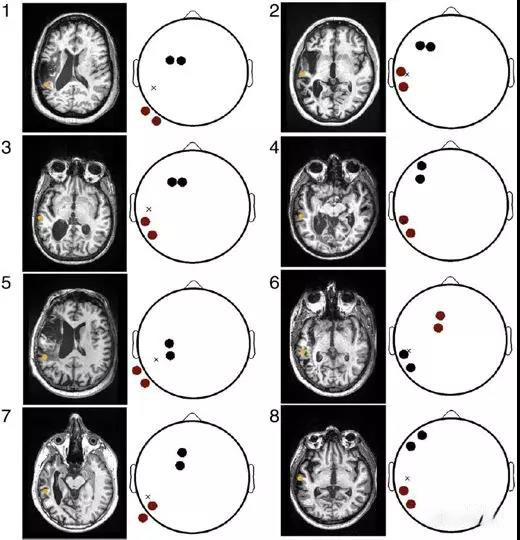
每个中风患者的电极蒙太奇位置(尽管只使用了两对电极)
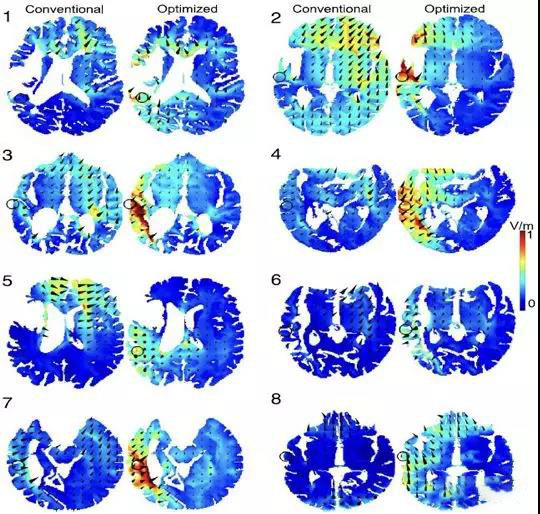
与常规刺激蒙太奇相比,目标位置(黑圈)的平均电流增加64%
未来方向 – 2019以后
Systems for Safe delivery of higher current densities
•Recent study show that to effectively affect neuronal spiking, we need at least 1 V/m electric field in the cortex => appx. minimum of 4 mA.
•Fast Multiplexing to allow for shorter pulse widths and higher frequencies.
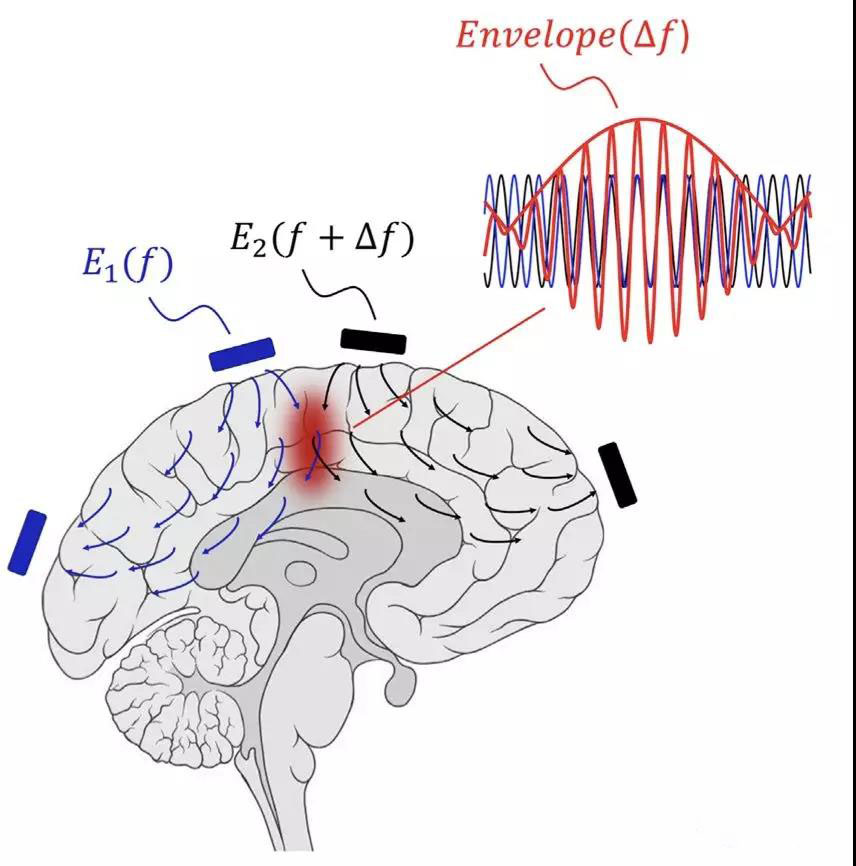
Artifact-free acquisition of high quality EEG data in MR simultaneously from all electrodes during TES stimulation
Developing EEG-based and multimodal biomarkers as a guide for closed-loop neuromodulation
Improving stimulation focality through adaptive beamforming techniques and other optimization techniques.
Clinical applications (Stroke, Epilepsy, Pain, Depression, Sleep)
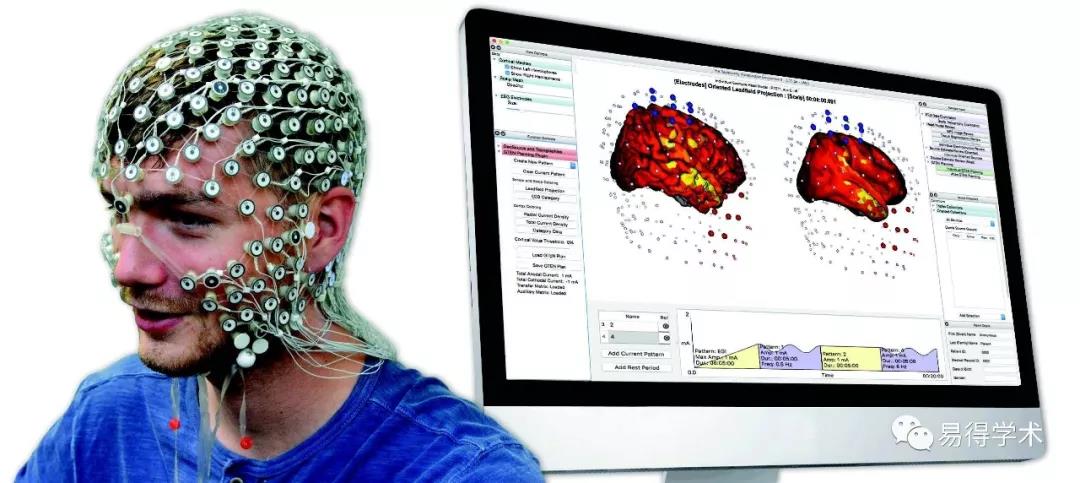
Personalized Neuromodualtion via GTEN
Research References
[1] T. Wagner, J. Rushmore, U.Eden, A. Cabre, “Biophysical foundations underlying TMS: Setting the stage for an effective use of neurostimulation in the Cognitive Neurosciences,” Cortex. 2009 October; 45(9): 1025-1034.
[2] R. J. Ilmoniemi, D. Kičić, “Methodology for Combined TMS and EEG,” Brain Topography. 2010; 22: 233.
[3] J. P. Dmochowski, A. Datta, M. Bikson, Y. Su, and L. C. Parra, “Optimized multi-electrode stimulation increases focality and intensity at target,” J. Neural Eng. 2011 August; vol. 8, no. 4, p. 046011.
[4] J. C. Horvath, J. D. Forte, and O. Carter, “Evidence that transcranial direct current stimulation (tDCS) generates little-to-no reliable neurophysiologic effect beyond MEP amplitude modulation in healthy human subjects: A systematic review,” Neuropsychologia. 2015 Jan; vol. 66, pp. 213–236.
[5] A. Datta, D. Truong, P. Minhas, L. C. Parra, M. Bikson, “Interindividual variation during transcranial direct current stimulation and normalization of dose using MRI-derived computational models,” Frontiers in Psychiatry, October 2012. https://doi.org/10.3389/fpsyt.2012.00091
[6] J. P. Dmochowski et al., “Targeted transcranial direct current stimulation for rehabilitation after stroke,” NeuroImage, vol. 75, pp. 12–19, Jul. 2013
[7] Fertonani A., Miniussi C. 2017 Transcranial Electrical Stimulation: What We Know and Do Not Know About Mechanisms. The Neuroscientist, Vol. 23(2) 109–123
[8] G. Ruffini, et al., “Transcranial Current Brain Stimulation (tCS): Models and Technologies,” IEEE Transactions on Neural Systems and Rehabilitation Engineering, Vol. 21, No.3, May 2013.
[9] P. Faria, A. Leal, and P. C. Miranda, “Comparing different electrode configurations using the 10-10 international system in tDCS: A finite element model analysis,” 2009, pp. 1596–1599.
[10]. D. Reato, A. Rahman, M. Bikson, and L. C. Parra, “Low-Intensity Electrical Stimulation Affects Network Dynamics by Modulating Population Rate and Spike Timing,” J. Neurosci., vol. 30, no. 45, pp. 15067–15079, Nov. 2010.
[11] W. Paulus, “Transcranial electrical stimulation (tES – tDCS; tRNS, tACS) methods,” Neuropsychol. Rehabil., vol. 21, no. 5, pp. 602–617, Oct. 2011.
[12] V. López-Alonso, B. Cheeran, D. Río-Rodríguez, and M. Fernández-del-Olmo, “Inter-individual Variability in Response to Non-invasive Brain Stimulation Paradigms,” Brain Stimulat., vol. 7, no. 3, pp. 372–380, May 2014.
[13] M. Vöröslakos et al., “Direct effects of transcranial electric stimulation on brain circuits in rats and humans,” Nat. Commun., vol. 9, no. 1, Dec. 2018.
[14] C.L. Nord, J.P. Roiser, “Non-invasive direct current brain stimulation for depression: the evidence behind the hype,” ACNR 2015;15(5):9-11
[15] “Brain Stimulation Compared”, Sept 2018. Retrieved from URL https://thebrainstimulator.net/brain-stimulation-comparison/
本文由“BRAIN TECH”整理发布,如需转载请注明来源及出处,原文地址:https://www.brainmedtech.com/news/42.html

